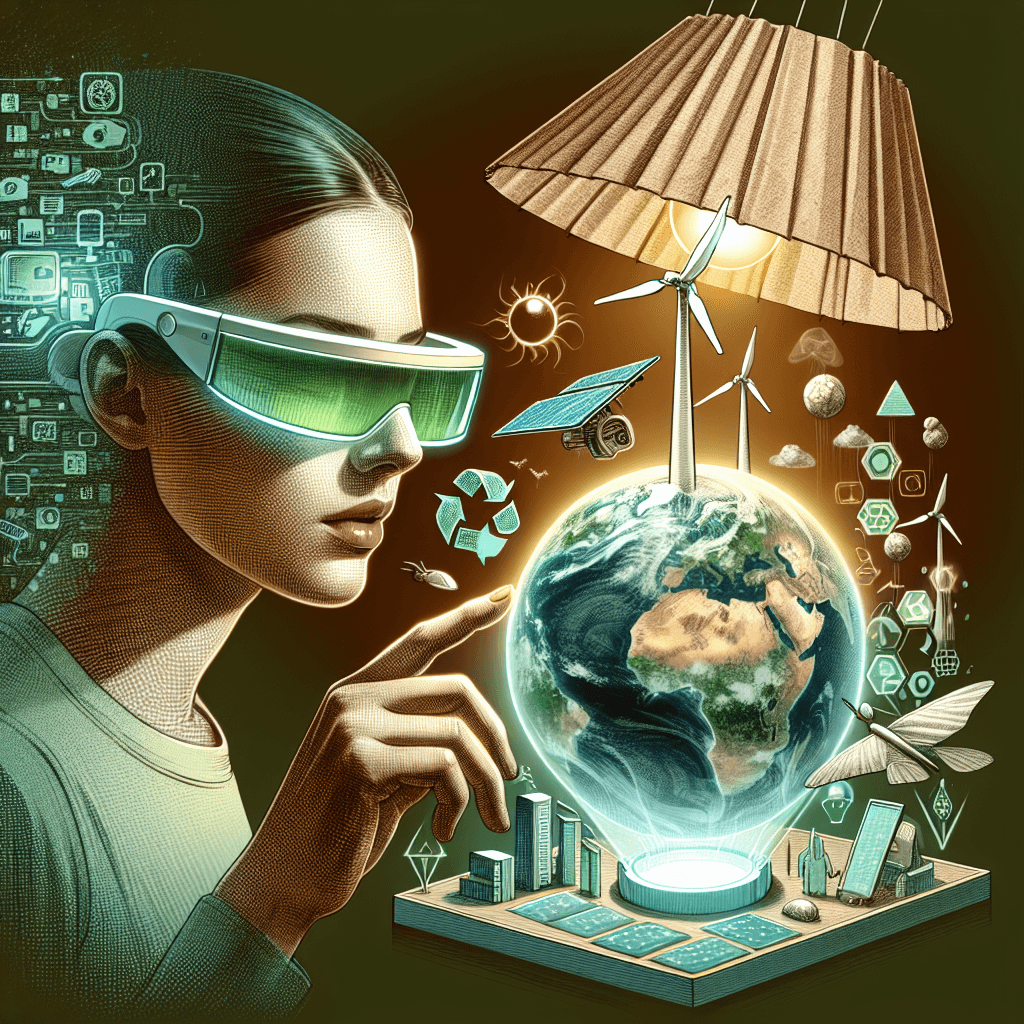Tech's Green Footprint: Navigating the Future of Sustainable Innovation.
The digital age, while a marvel of human ingenuity, casts a long shadow in the form of its environmental impact. As we hurtle towards a future increasingly reliant on technology, a crucial question arises: Can we innovate our way to a greener tomorrow?
The reality is stark. From the energy-intensive process of manufacturing our smartphones to the sprawling data centers powering the cloud, technology leaves a significant environmental footprint. E-waste, often laden with hazardous materials, piles up at alarming rates. The mining of rare earth elements, crucial for many electronic components, raises ethical and ecological concerns.
Yet, amidst these challenges lies immense opportunity. Technology, if harnessed responsibly, possesses the potential to mitigate its own environmental impact and pave the way for a more sustainable future. This is the crux of the burgeoning field of green technology, or "green tech."
Greening the Digital Landscape: A Multifaceted Approach
The journey towards sustainable innovation requires a multi-pronged strategy, tackling the issue from various angles:
1. Energy Efficiency at the Core: A fundamental pillar of green tech is designing devices and systems that consume less energy. This translates to energy-efficient processors, optimized software, and data centers powered by renewable energy sources. The shift towards a circular economy, emphasizing repair, reuse, and recycling of electronic devices, is paramount.
2. Material Science and Design: Exploring alternative, sustainable materials to replace rare earth elements and reduce the environmental impact of manufacturing is critical. This includes research into bio-based materials, closed-loop manufacturing processes, and innovative design principles that prioritize durability and repairability.
3. The Power of Software Optimization: Often overlooked, software plays a significant role in energy consumption. Developing energy-efficient algorithms, optimizing code for performance, and designing software with sustainability in mind can significantly reduce the energy footprint of digital services.
4. Blockchain for Transparency and Traceability: Blockchain technology offers promising solutions for tracking the lifecycle of electronic devices, ensuring responsible sourcing of materials, and incentivizing recycling. Smart contracts can automate and optimize resource management, minimizing waste.
5. AI: The Catalyst for Sustainable Solutions: Artificial intelligence can revolutionize our approach to environmental challenges. From optimizing energy grids to monitoring deforestation in real-time and even developing new eco-friendly materials, AI empowers us with powerful tools for environmental stewardship.
The Role of Education in Driving Change
Transitioning to a future powered by sustainable technology requires a skilled workforce equipped with the knowledge and expertise to drive innovation. This is where education plays a pivotal role. By incorporating green tech principles into curricula across disciplines, from computer science and engineering to business and design, we can empower future generations to create a more sustainable digital landscape.
01TEK: Empowering a Sustainable Future Through Education
At 01TEK, we recognize the transformative potential of technology to address global challenges, including climate change. Our mission is to democratize access to quality education in cutting-edge technologies, including those driving the green tech revolution.
We believe that by equipping individuals with the knowledge and skills needed to develop and deploy sustainable technology solutions, we can collectively create a greener and more equitable future.
Ready to be part of the solution?
Explore our range of courses and resources on 01TEK and join us in shaping a future where technology and sustainability go hand in hand.
Success is a lousy teacher. It seduces smart people into thinking they can’t lose.
Bill Gates



